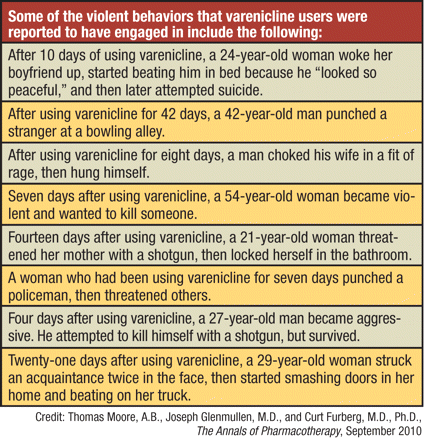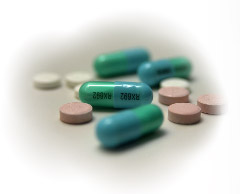A link between several types of psychotropic medications and violent behavior toward others has been documented in a recent study.
The medications most strongly linked to violent behavior were the smoking-cessation aid varenicline and antidepressants, regardless of class.In a study published in the December 15, 2010, PloS One, the researchers used 2004 to 2009 data from the Food and Drug Administration (FDA) Adverse Event Reporting System. They found that during the study period, 780,169 serious adverse events of one kind or another had been reported for 484 drugs, and that of those serious adverse events, 1,937 had been acts of violence. They defined a violent event as any case report containing one or more of the following items: homicide, physical assault, physical abuse, homicidal ideation, or violence-related symptom, but not more ambiguous descriptions such as crime, aggression, belligerence, or hostility.







SHARE YOUR STORY/COMMENT: